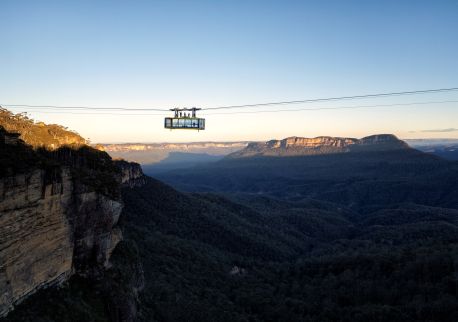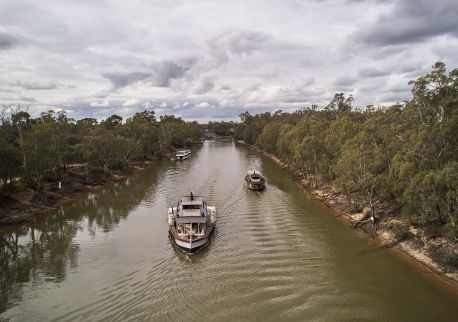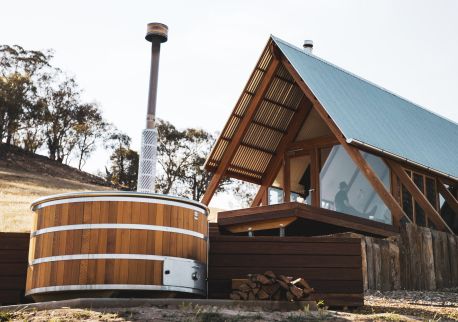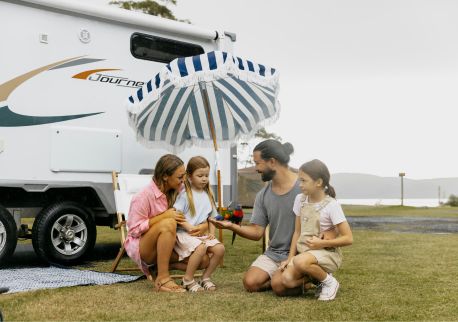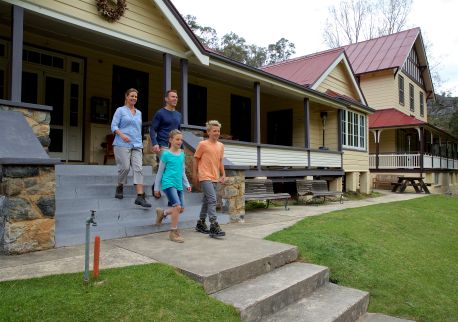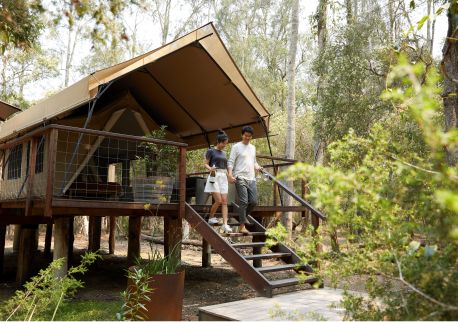South East Centre for Contemporary Art
Highlights
Overview
South East Centre for Contemporary Art (SECCA) is located in the far south coast of New South Wales, halfway between Sydney and Melbourne and 3 hours drive from Canberra.
SECCA hosts touring exhibitions of national significance along with its own exclusively curated artistic program as part of its cultural tourism plan that is designed to engage tens of thousands of visitors to the region annually.
Our program delivers an intellectual and artistic exchange of ideas, connecting our community with the best local and global contemporary visual culture.
SECCA is supported by the Bega Valley Shire Council and the NSW Government through Create NSW.

